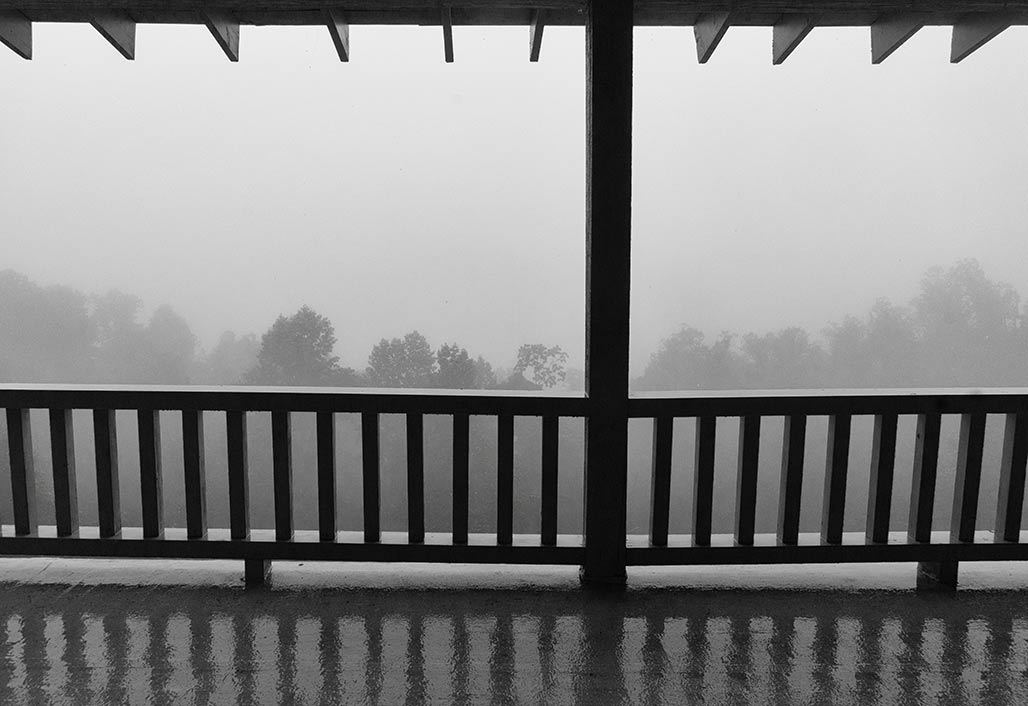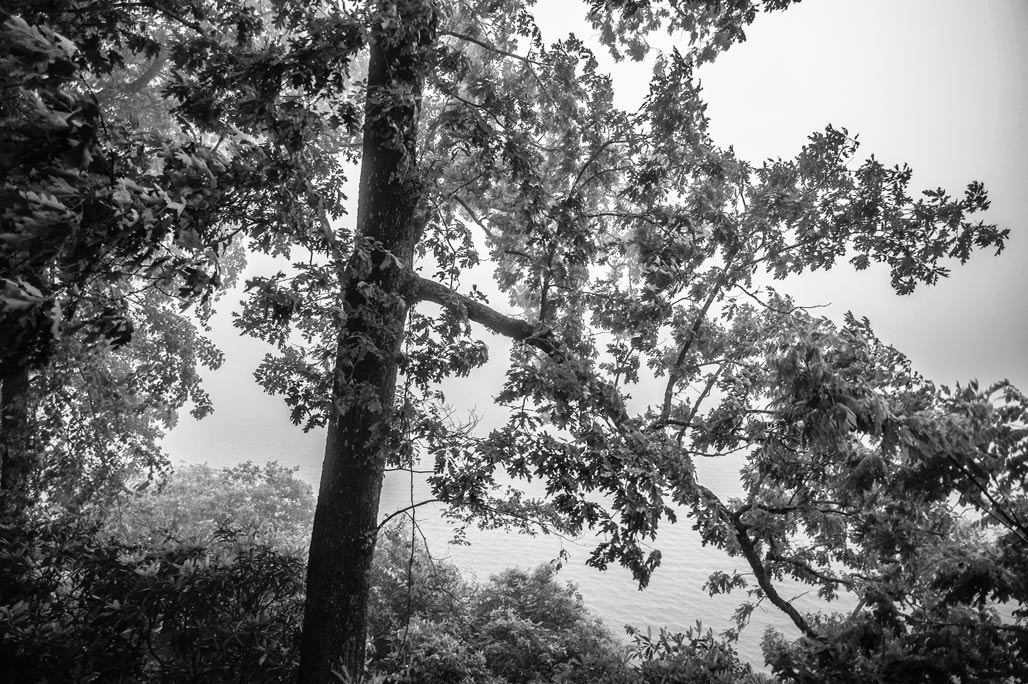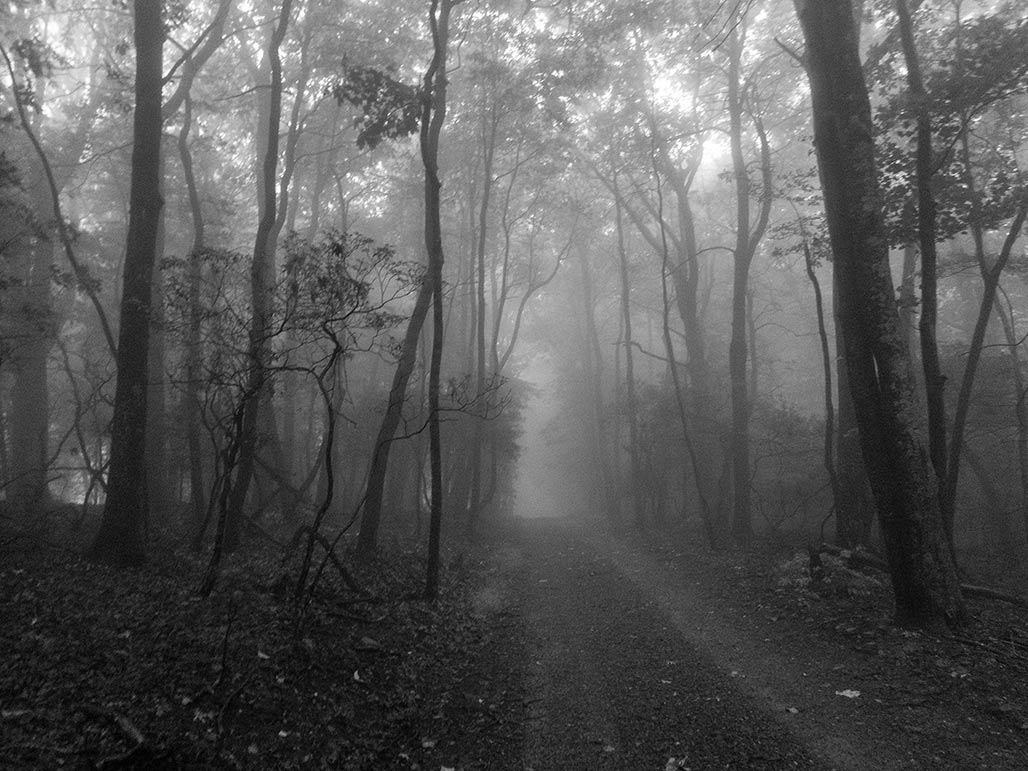
ASHEVILLE – A Seattle-based company has purchased The Mountaineer Inn, Asheville’s iconic Tunnel Road motor court, for $6.1 million, with plans to refresh the 1939 motel and adopt it into its outdoor recreation-oriented brand.–Citizen-Times
The Appalachian region and its people have historically been stereotyped by observers, with the basic perceptions of Appalachians painting them as backwards, rural, and anti-progressive. These widespread, limiting views of Appalachia and its people began to develop in the post-Civil War. Those who “discovered” Appalachia found it to be a very strange environment, and depicted its “otherness” in their writing. These depictions have persisted and are still present in common understandings of Appalachia today, with a particular increase of stereotypical imagery during the late 1950s and early 1960s in sitcoms. Common Appalachian stereotypes include those concerning economics, appearance, and the caricature of the “hillbilly.”–Wikipedia








